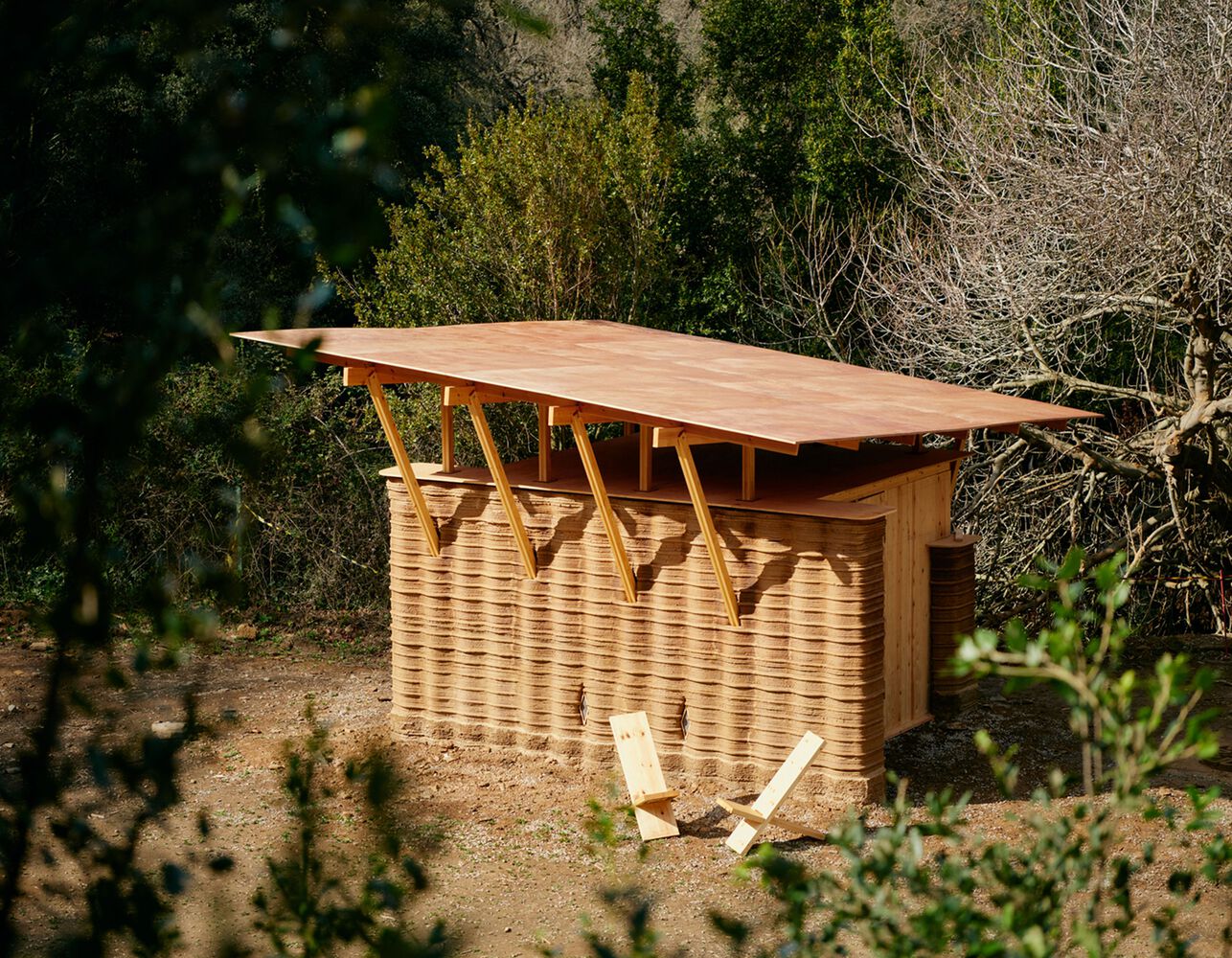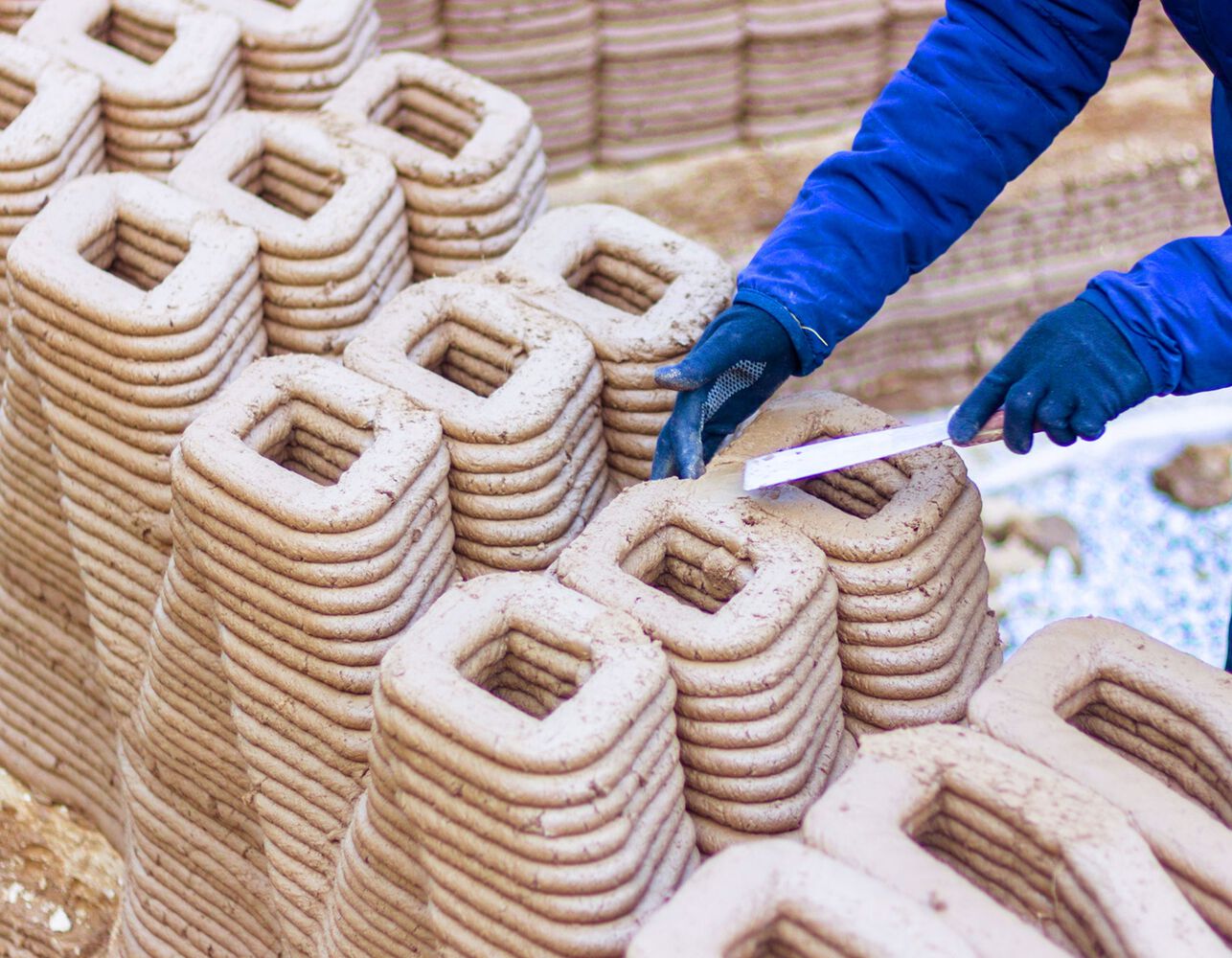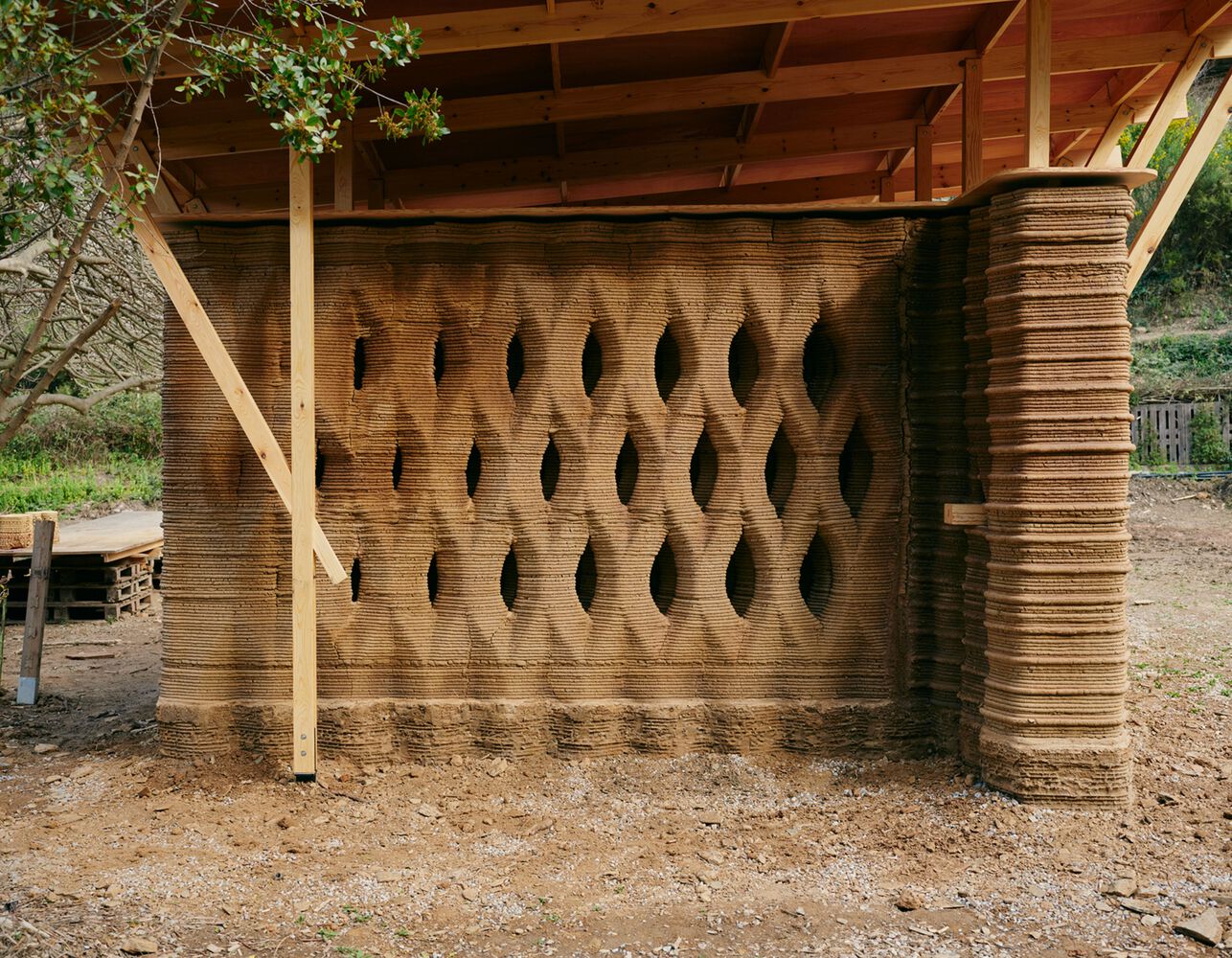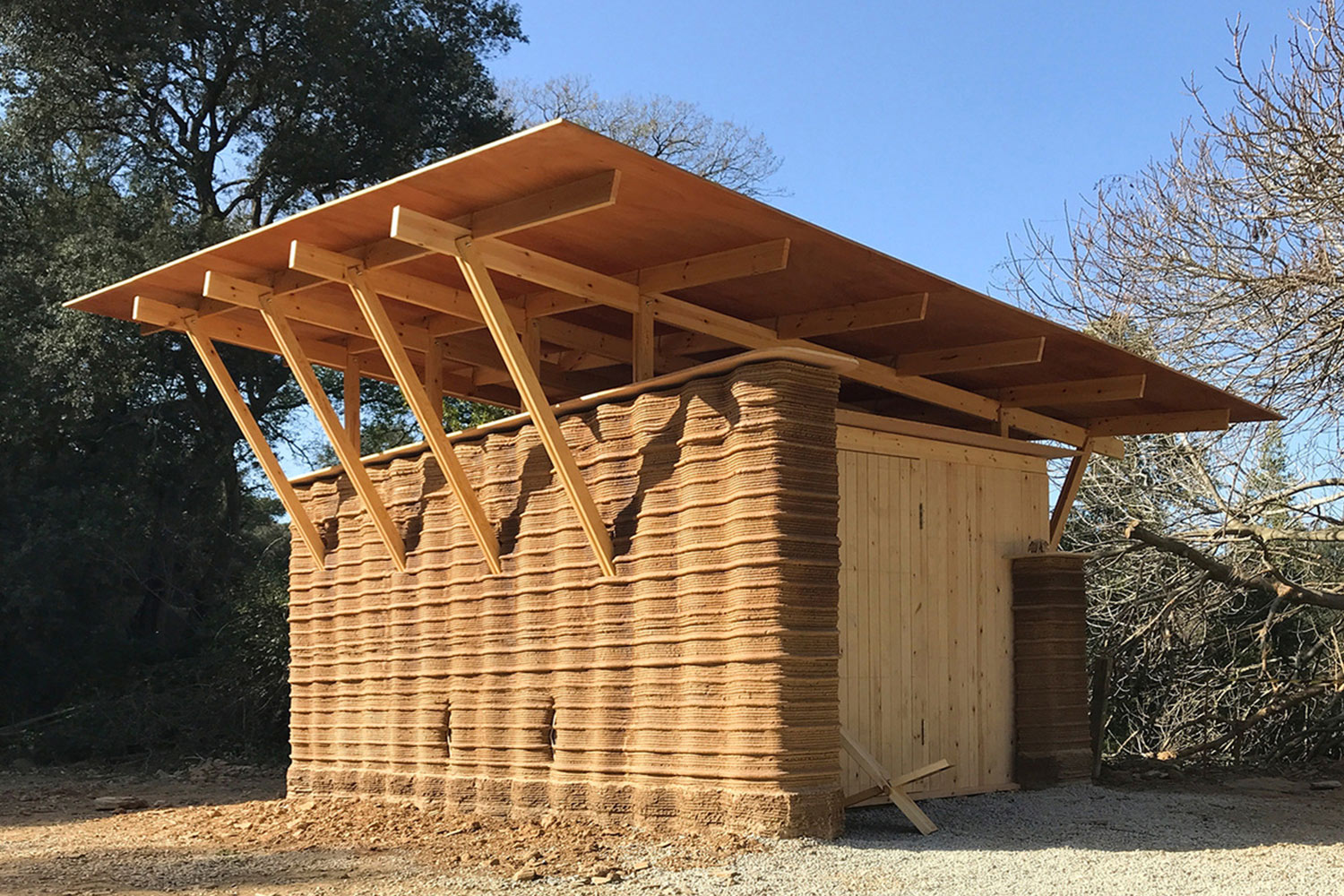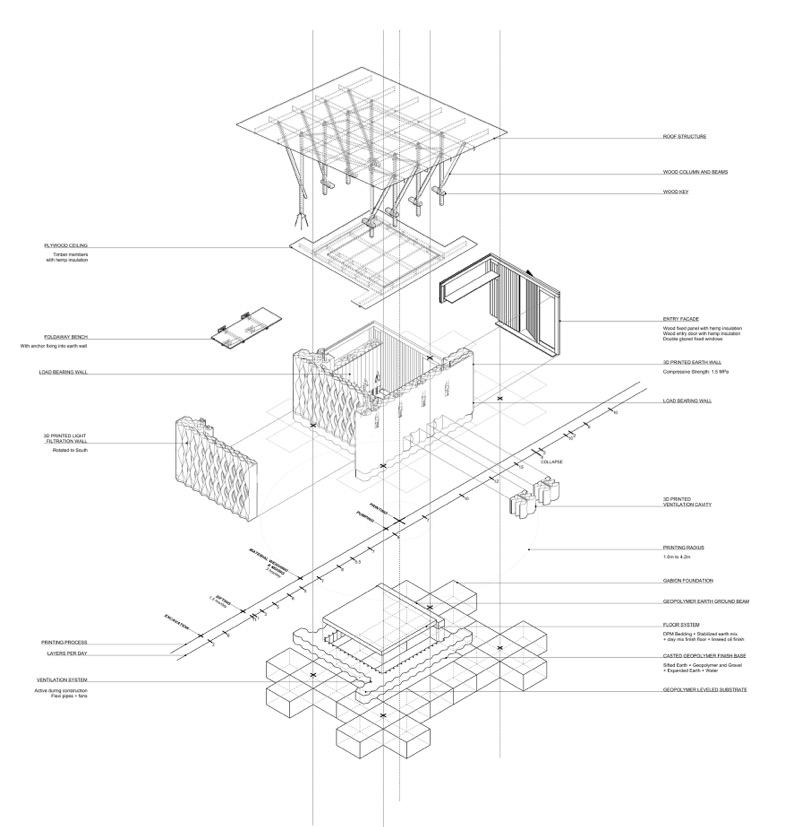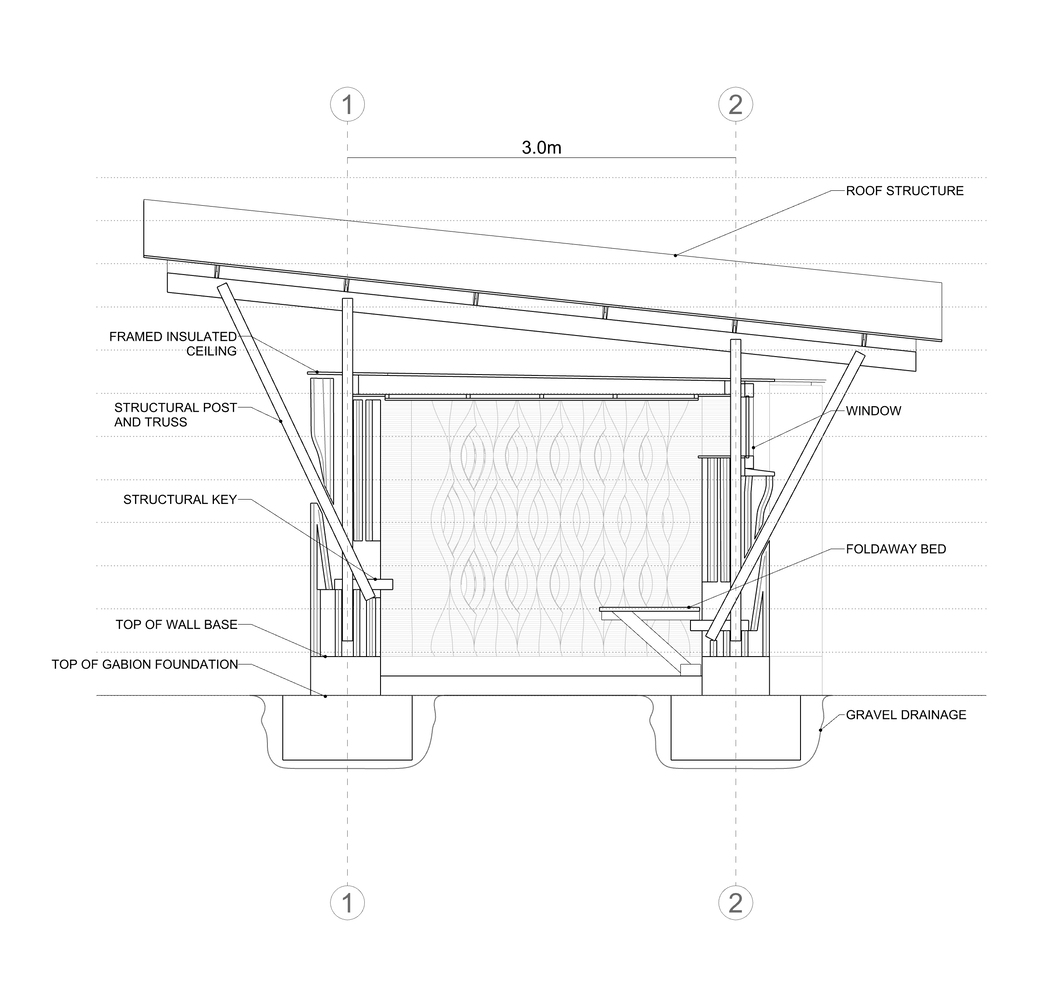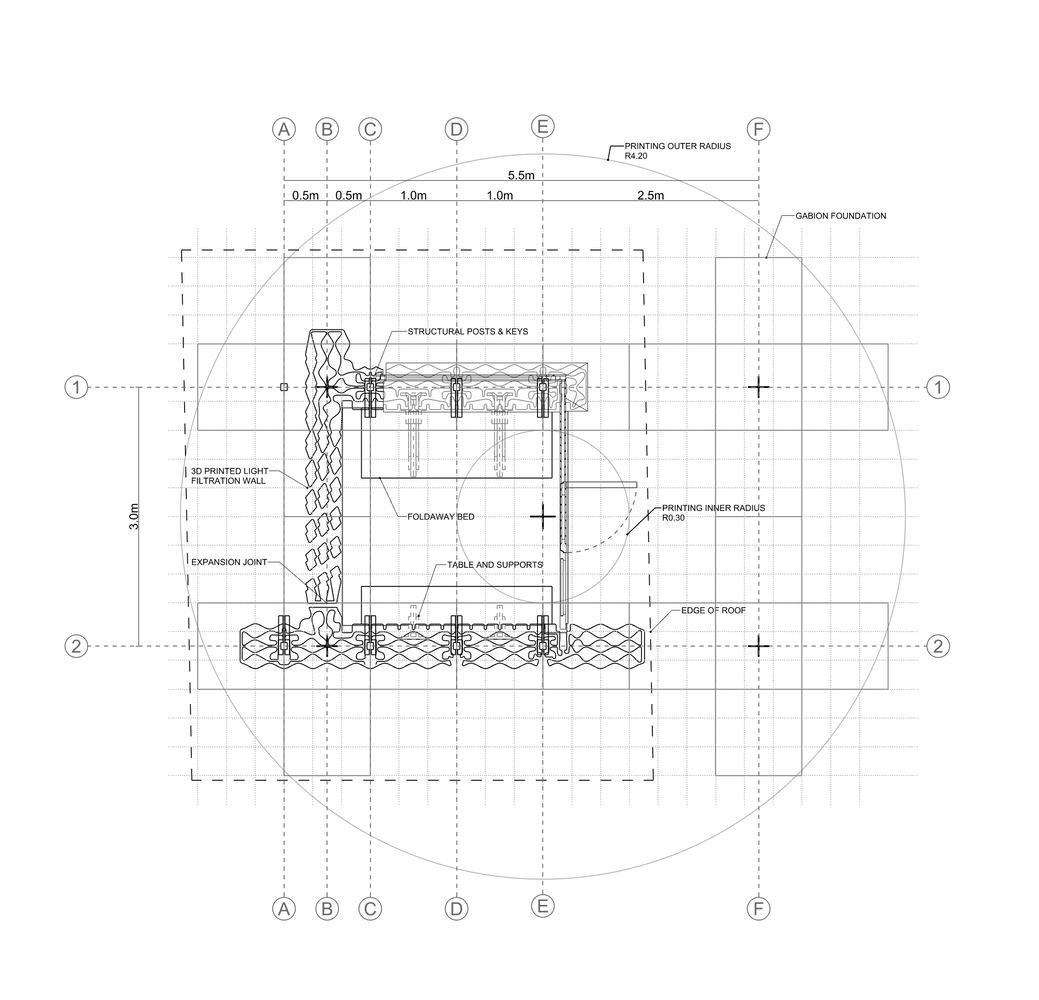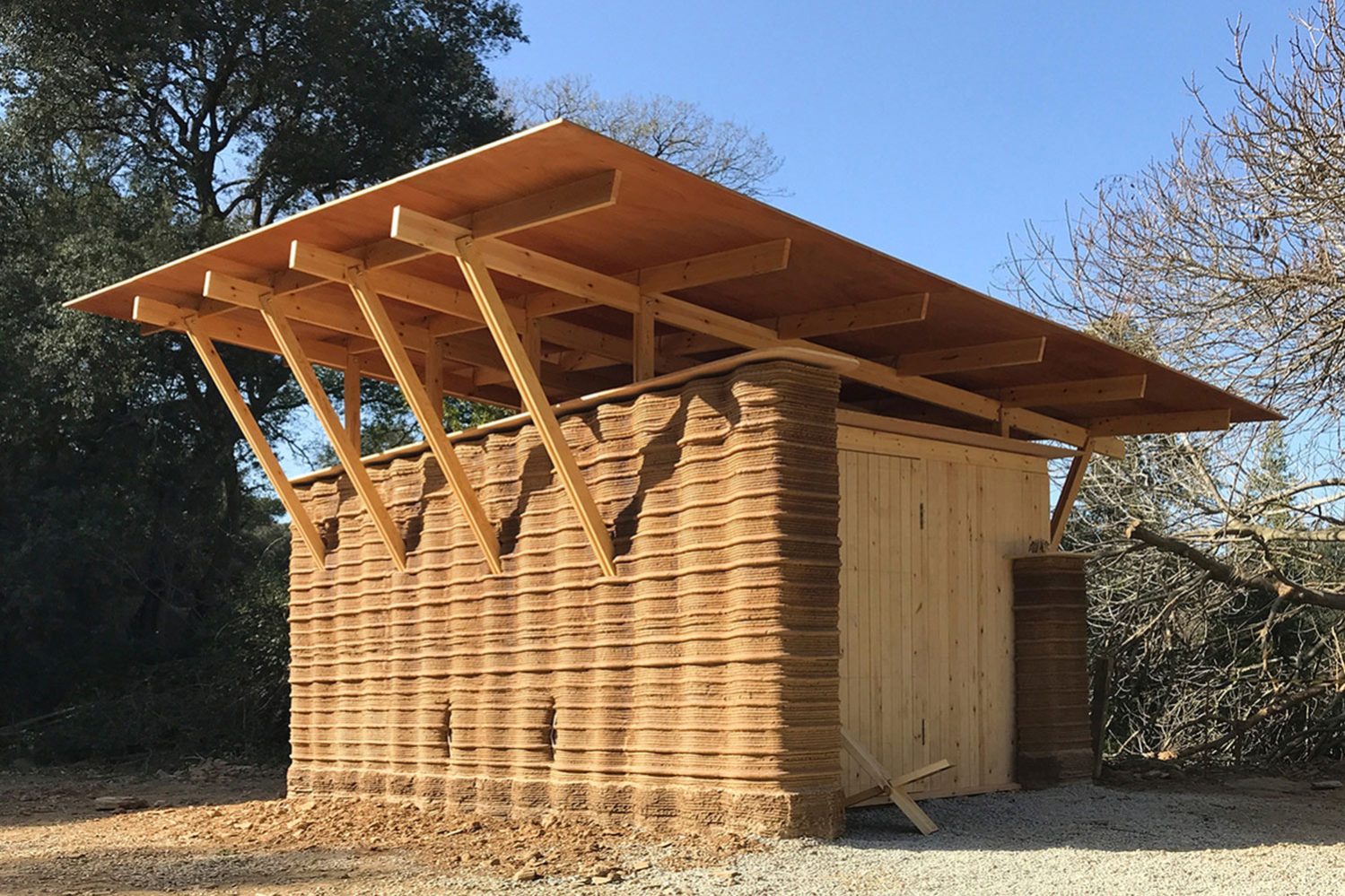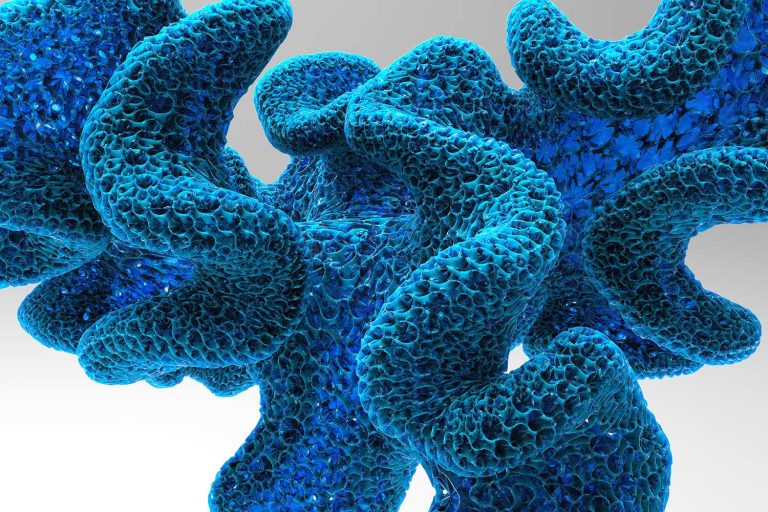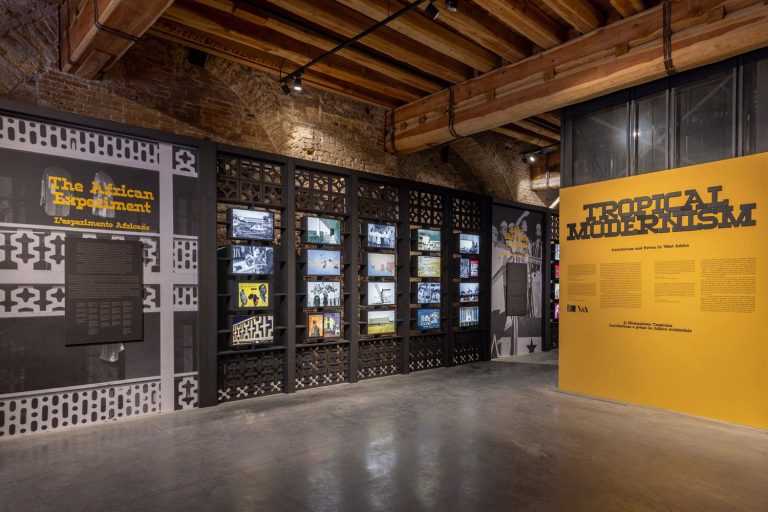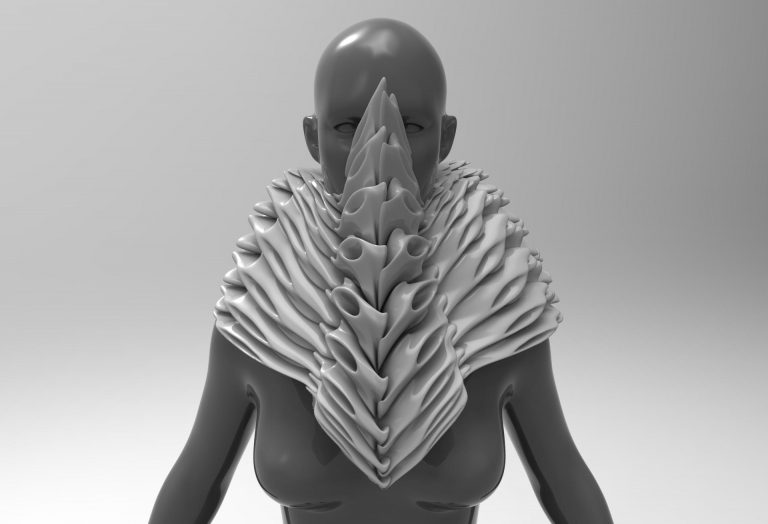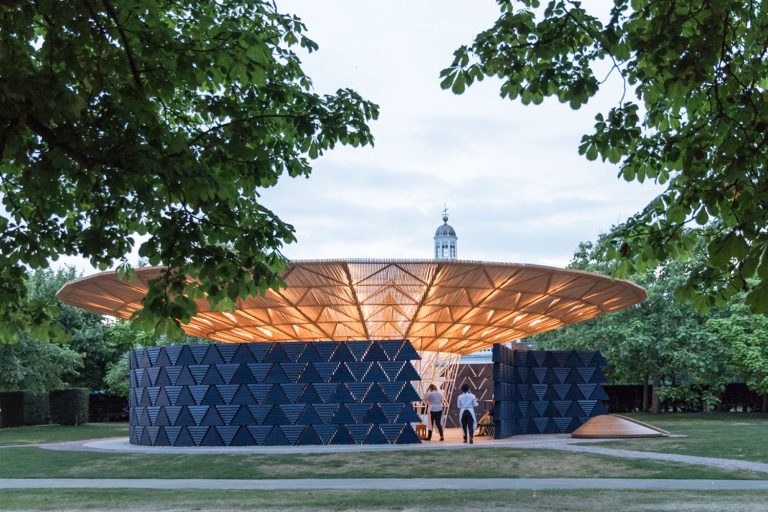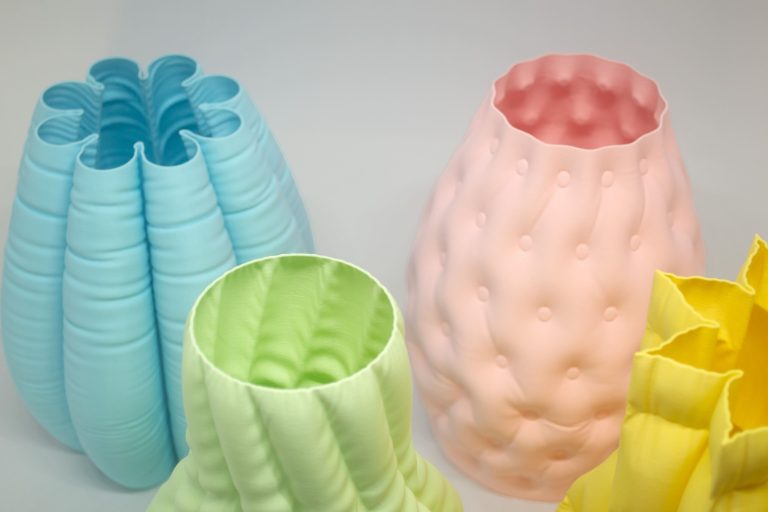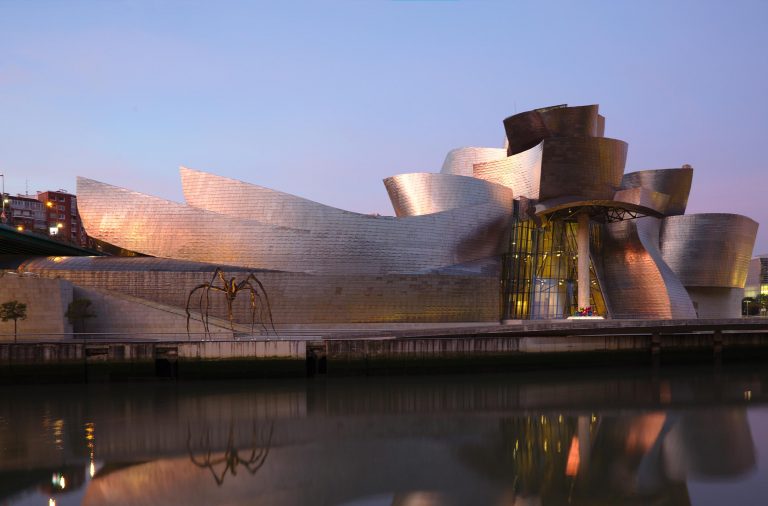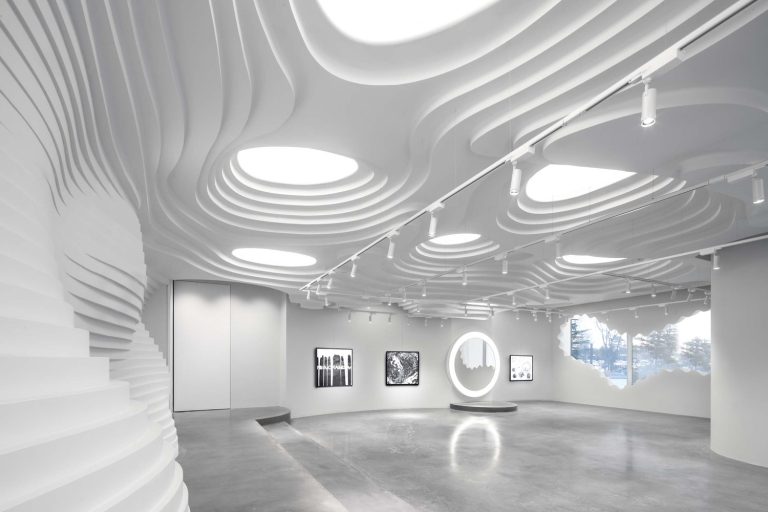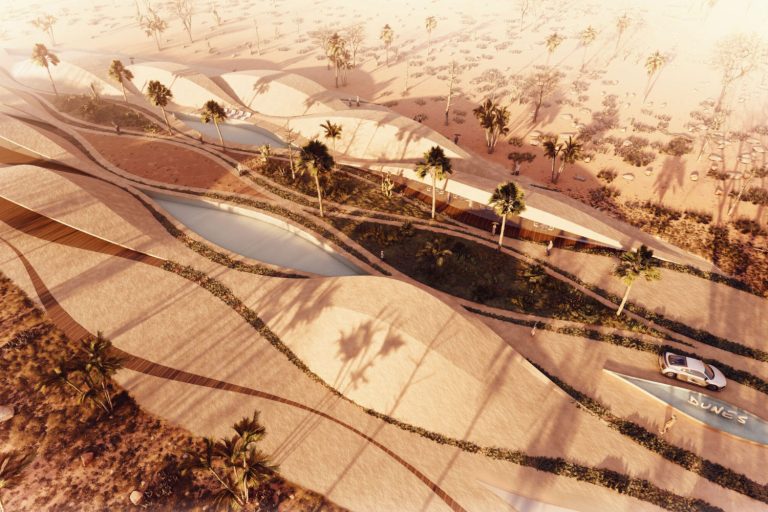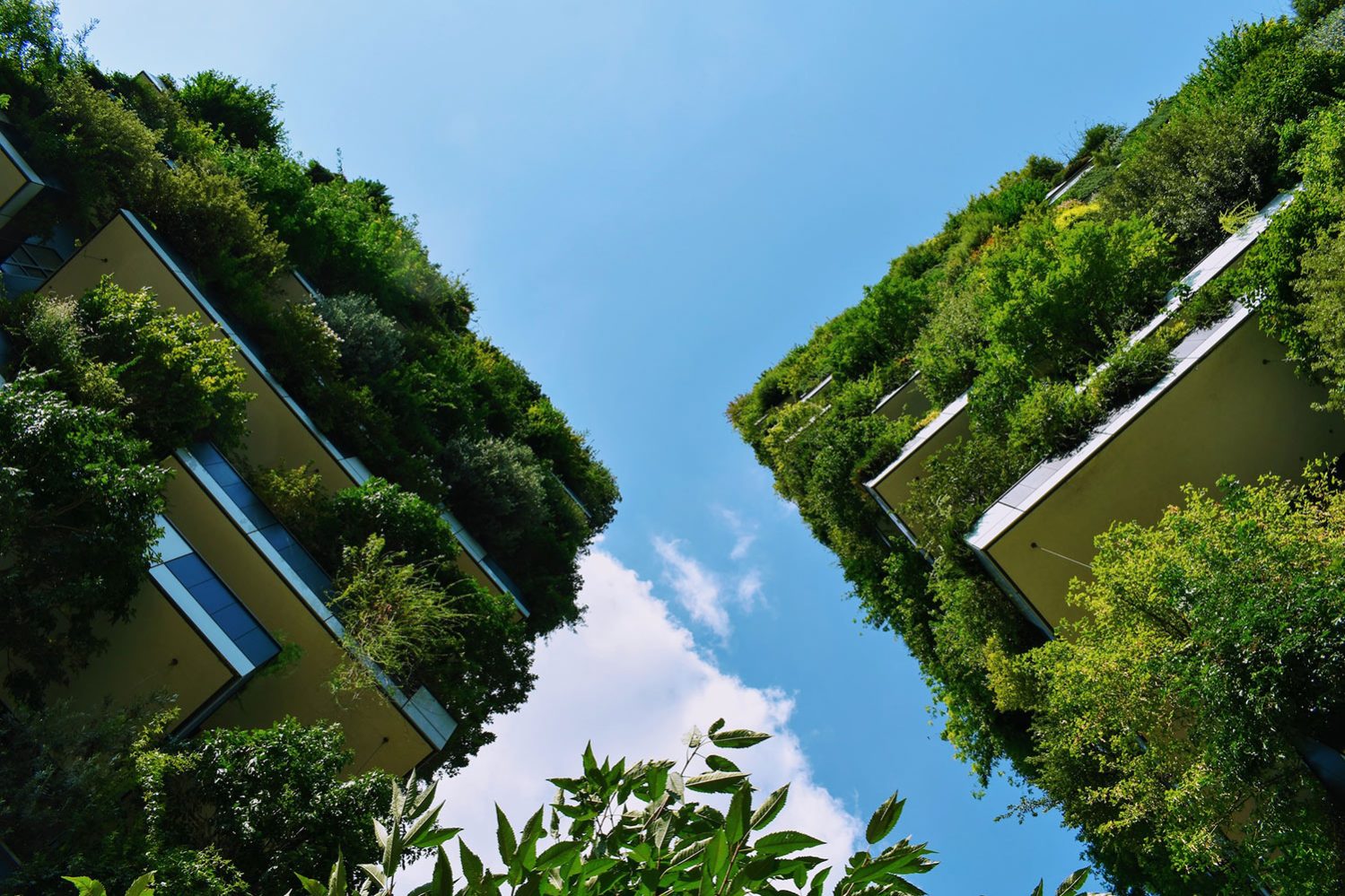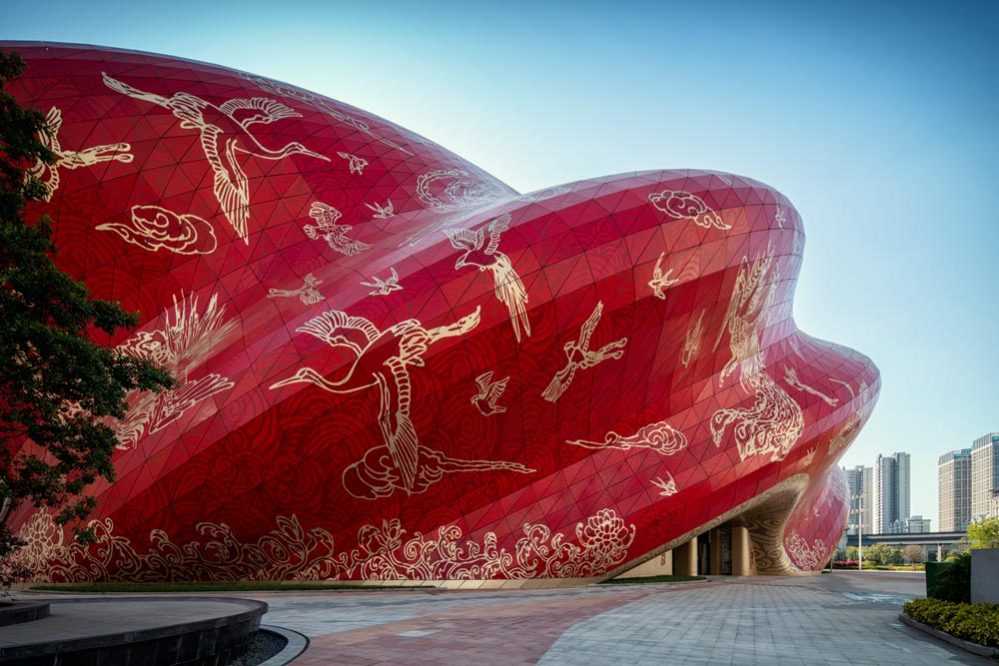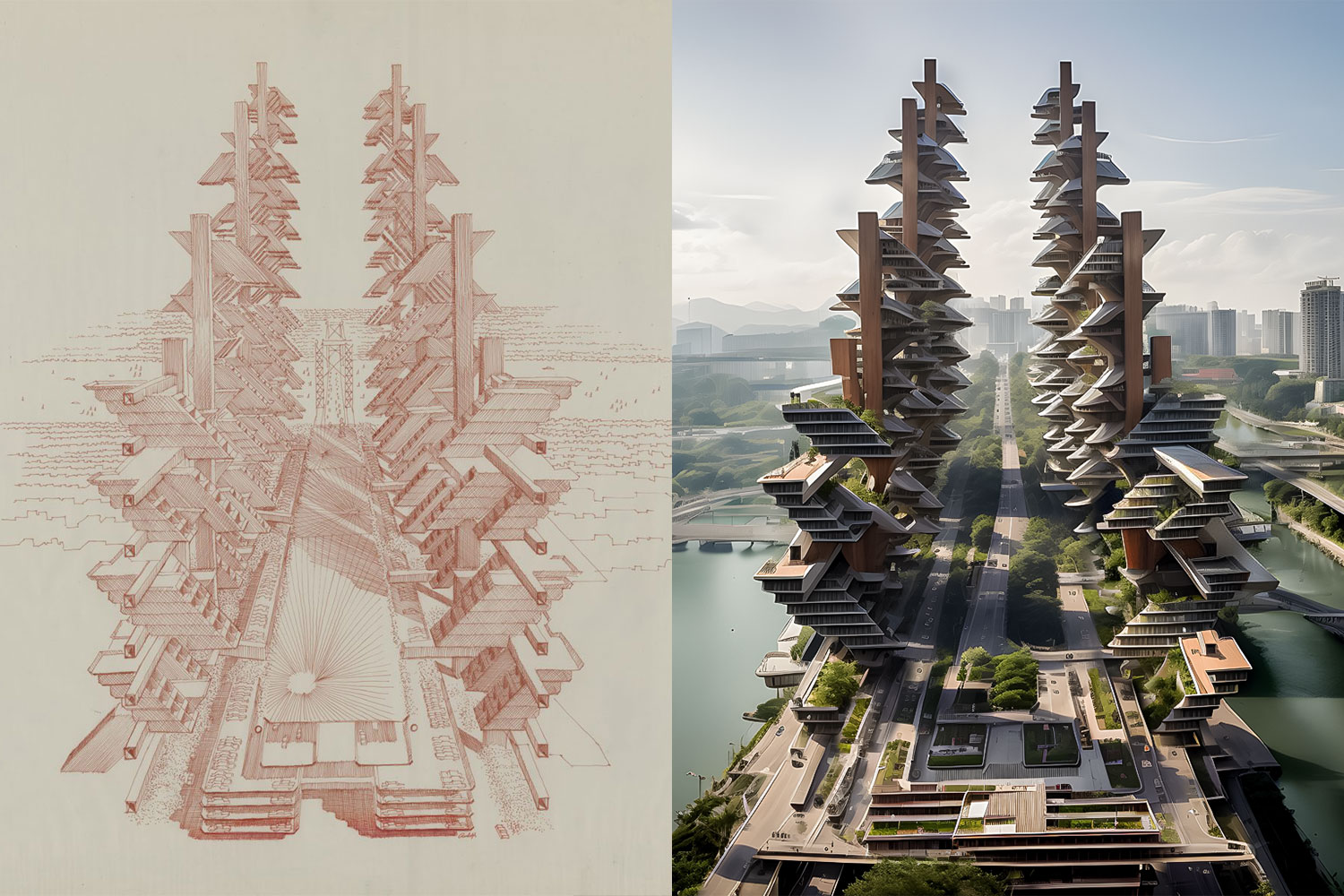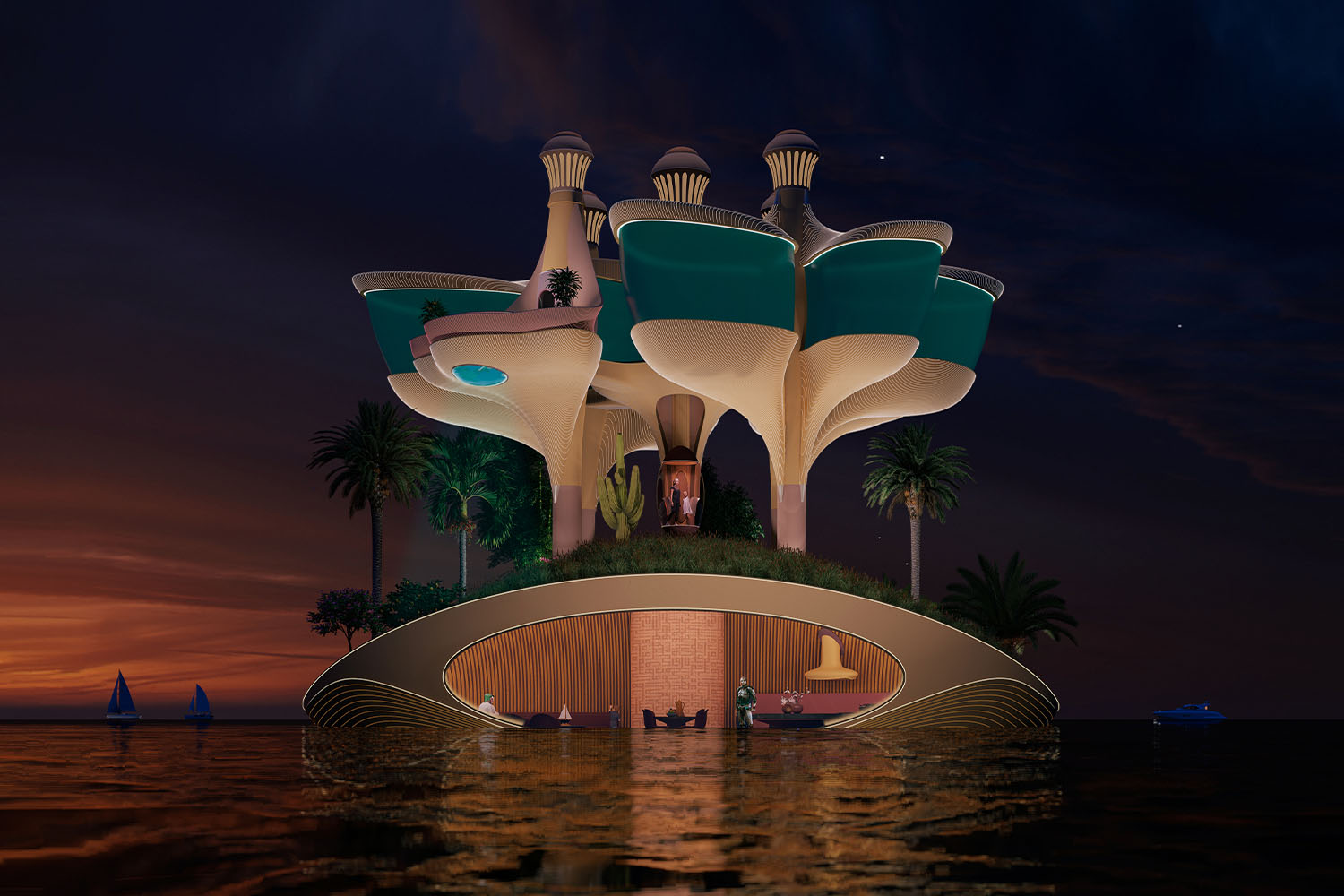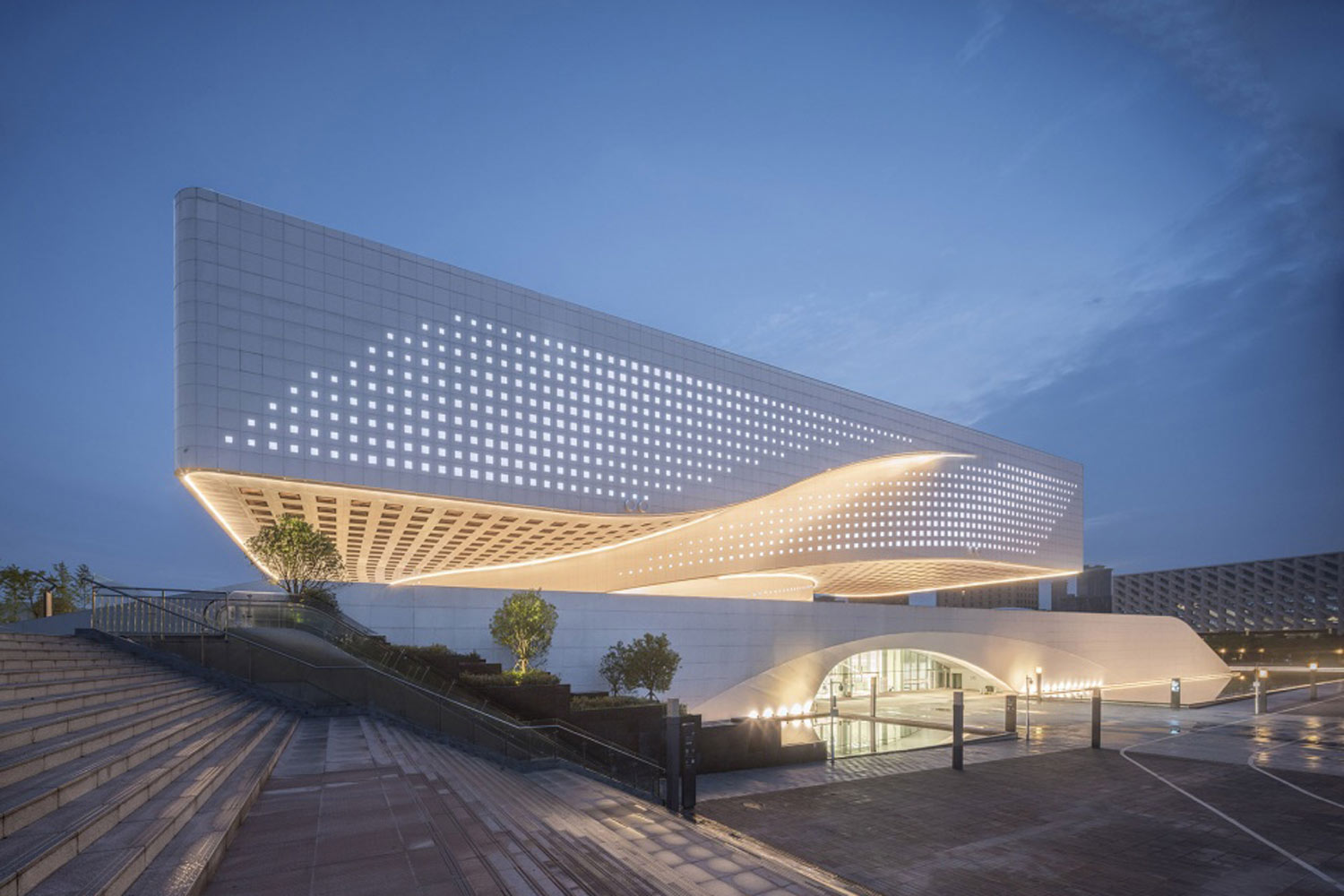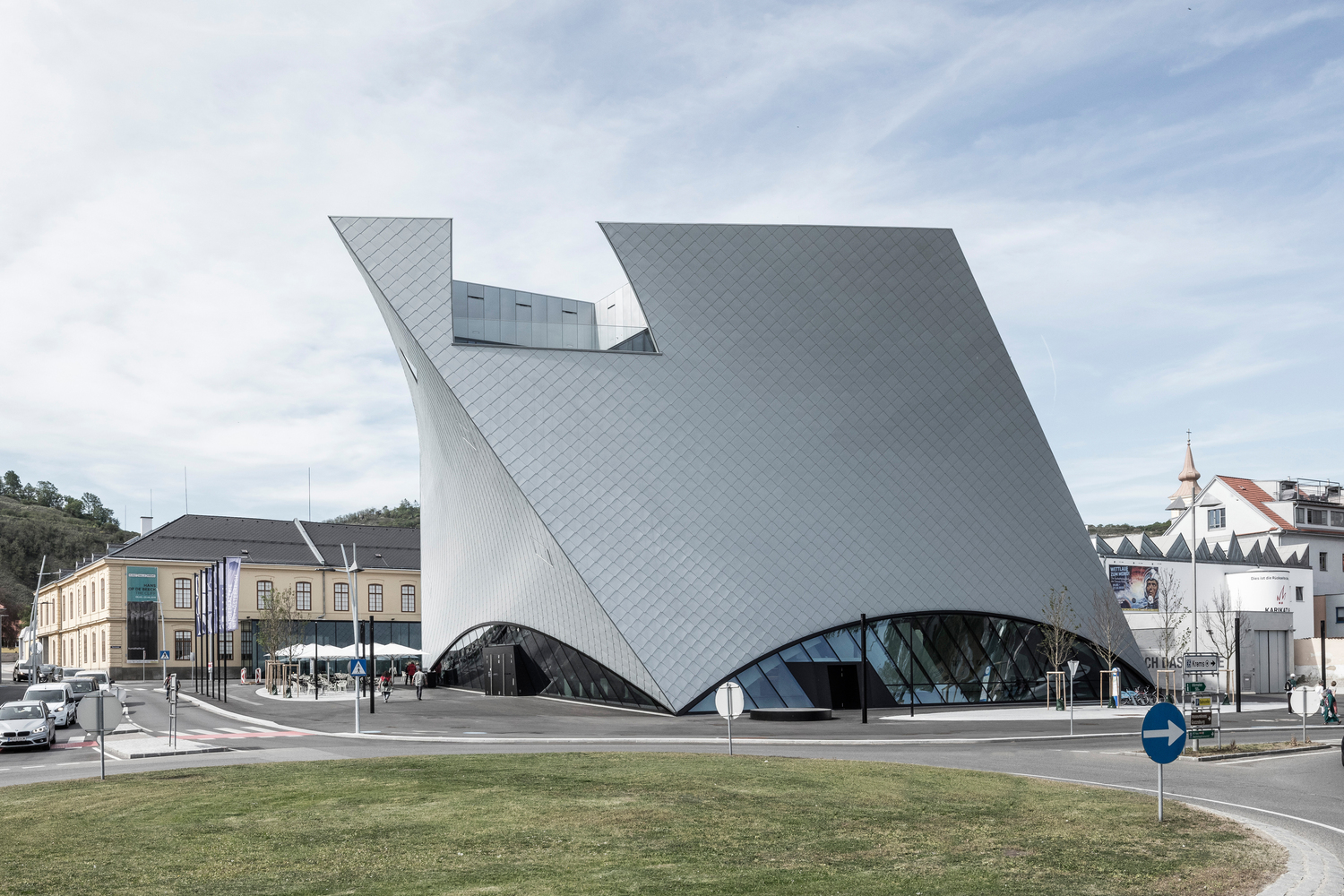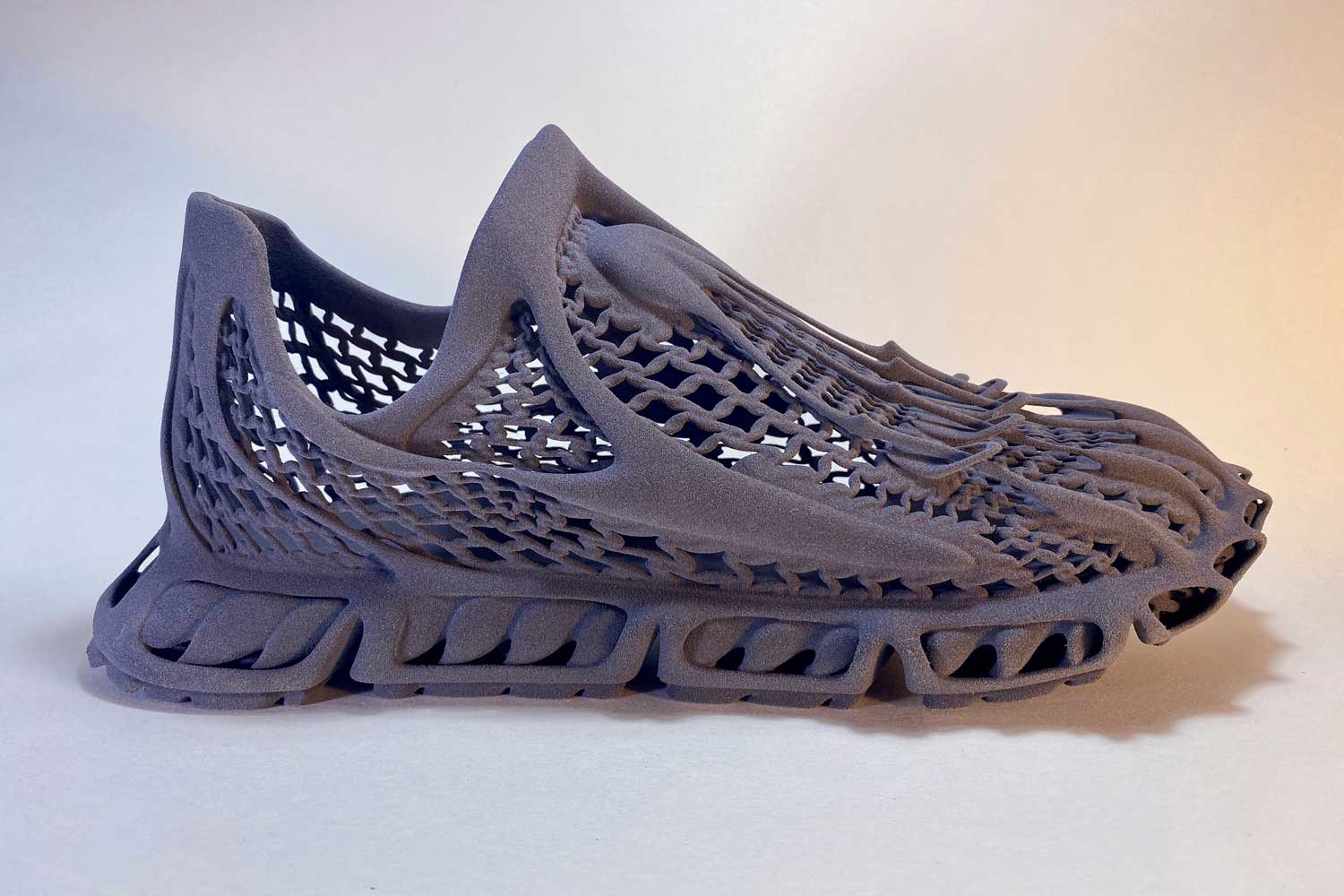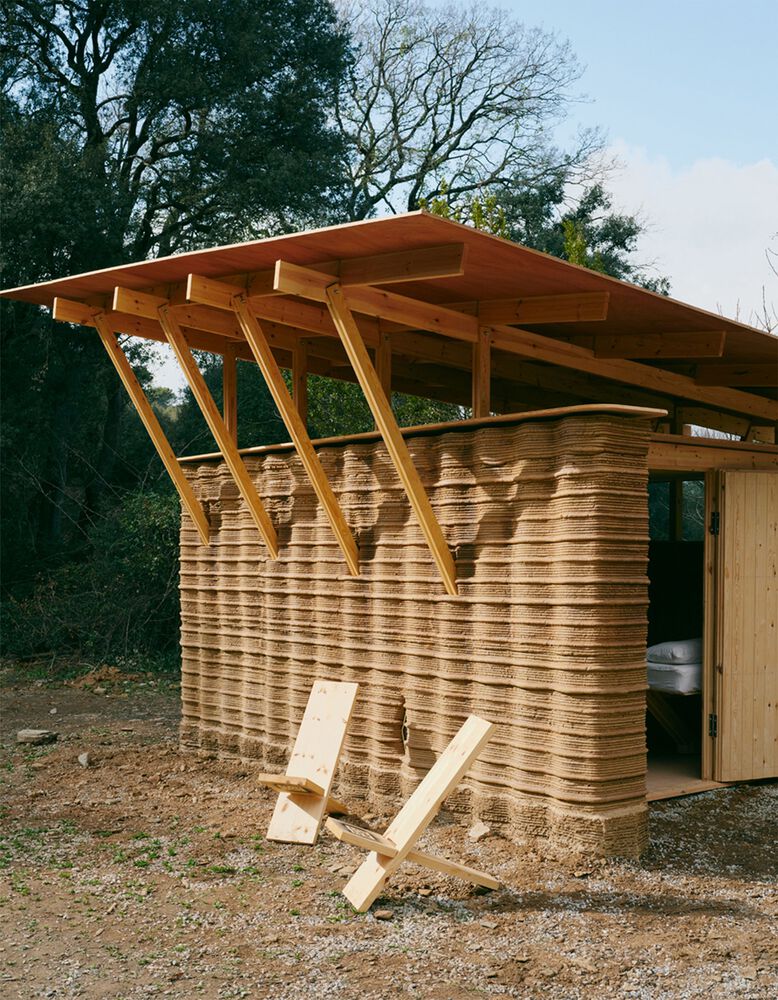
TOVA is Spain’s first architectural structure constructed of earth and 3D printers, located in Valldaura Labs in Barcelona. This research project developed by a group of students, researchers, and professionals from the 3D Printing Architecture postgraduate program of the Institute for Advanced Architecture of Catalonia (IAAC). It made in collaboration with WASP utilizing a Crane WASP. It completed in a couple of weeks with 100% local materials and labor, low waste, and a practically zero carbon footprint.
This manufacturing method is applicable all around the world. It can help in times of housing crisis.
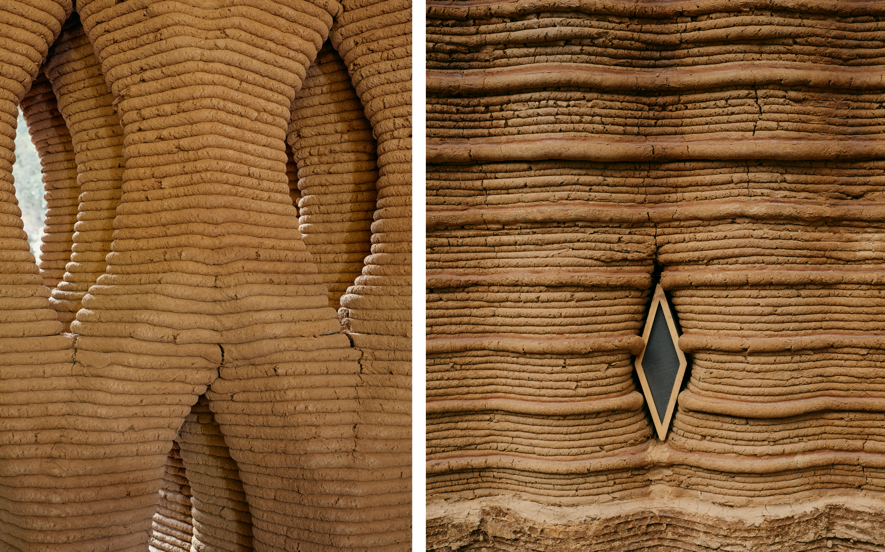
Waste-free and adaptable
It is the first of its kind in Spain and stands out as one of the most sustainable and ecologically friendly construction types available today.
The crane WASP and kilometer zero materials used in the building took seven weeks to complete. Because the materials acquired within a 50-meter radius, no trash created during construction. The structure composed of local dirt combined with additives and enzymes to maintain the structural stability and material flexibility required for the house’s optimum 3D printing. The base composed of geopolymer, while the roof is wood.
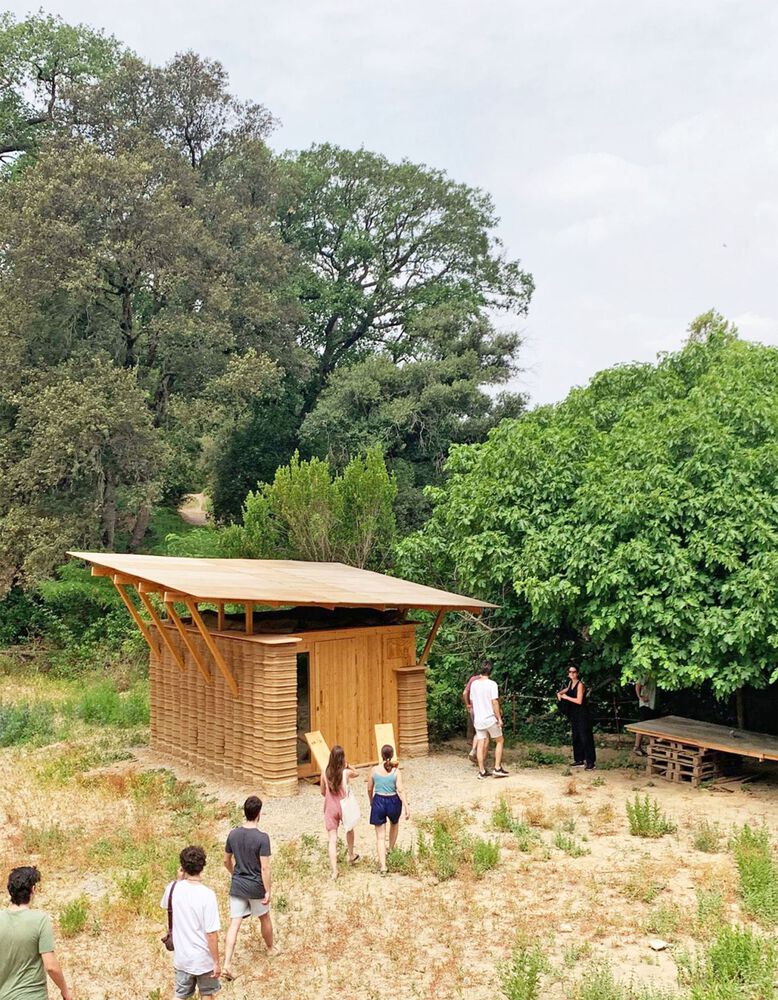
A waterproof coating applied utilizing raw extracted ingredients such as aloe and egg whites to assure the material’s endurance in weather resistance.
The building’s design considers the Mediterranean’s climatic conditions: the volume is small to protect from the cold in winter. But extendable during the other three seasons, allowing the use of the immediate outdoor environs. The walls control airflow and provide excellent insulation to minimize heat loss and solar radiation.
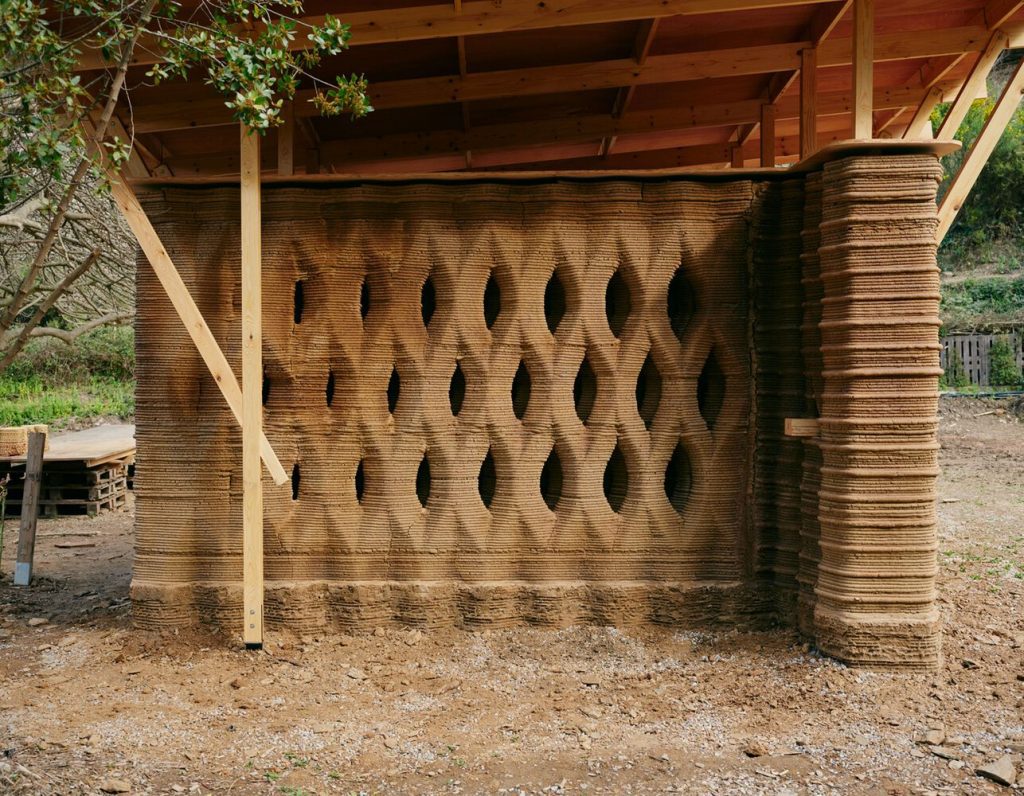
Near-zero emissions project
Its shell and use of wholly local materials enable waste minimization, making it a trailblazing example of low-carbon architecture, given that existing construction practices account for 36% of CO2 emissions.
This building concept has several uses, from dwellings to public spaces, interiors, and exteriors. It can handle complex and creative structures when combined with other construction technologies, reducing the environmental effect that construction now has.
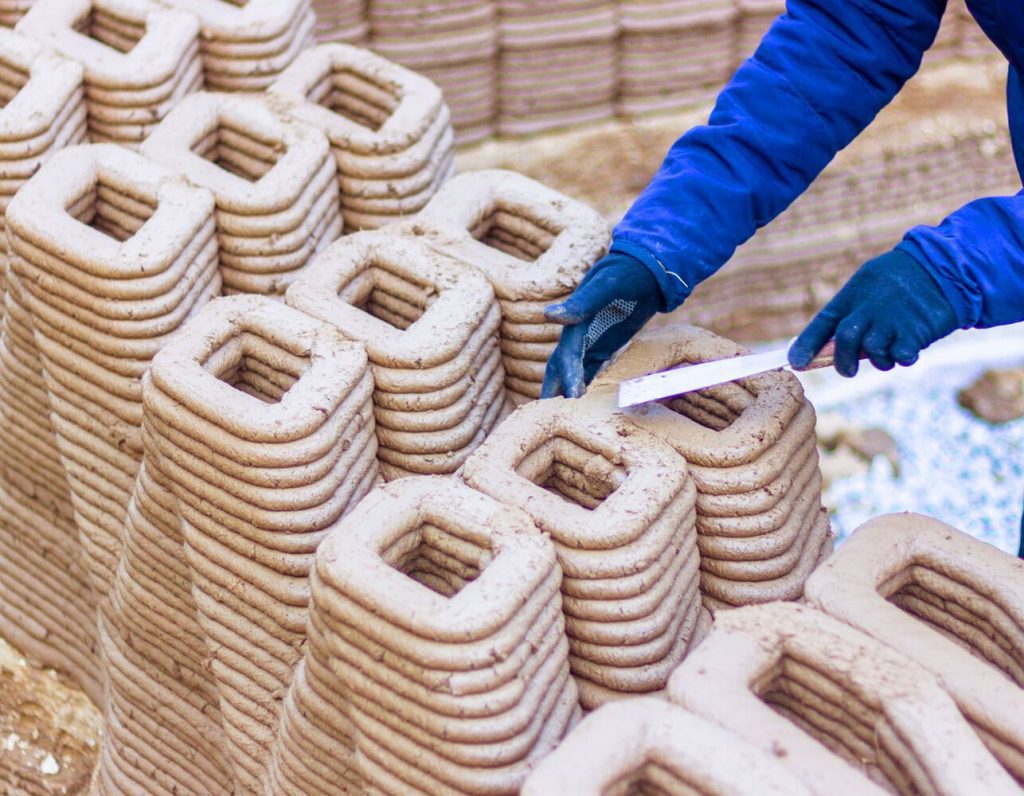
TOVA could be a solution for the housing emergency crisis
The project designed to serve as a model for sustainable housing that could be developed anywhere globally. This promising technology paves the way for rapid resolution of housing access issues in vulnerable locations or temporary settlements; innovative possibilities for establishing more sustainable and inexpensive places.
IAAC reacts to increasingly significant climate and migration emergencies with this and other initiatives, delivering new solutions that contribute positively to the housing emergency issues that will have to be confronted in the future owing to massive migrations or natural catastrophes. This quick building approach may increase the number of places requiring emergency response for mass housing options; such as asylum-seek communities.
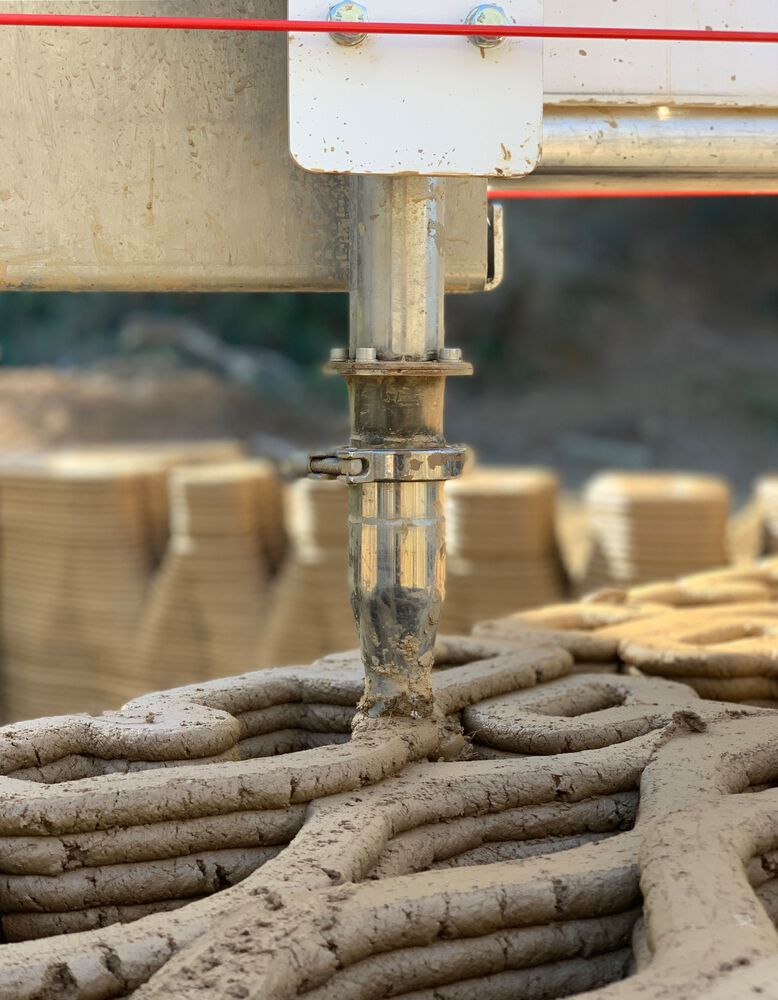
Project Info
Manufacturers: Grasshopper, Rhinoceros 3D, WASP
Program: Estudiantes del programa 3D Printing Architecture 2021-2022
Location: Barcelona, Spain
Project partners: Colette, WASP, UN-Habitat, BAC Engineering, LaSalle, SmartCitizen, Scuares and Living Prototypes Research Innovation
Collaborator/ Technology : WASP
Photography: Gregori Civera, Mehdi Harrak
